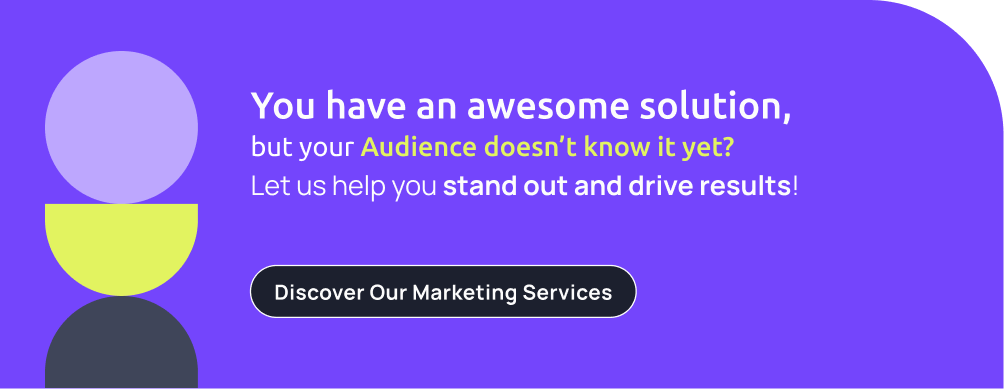Technology transforming healthcare
Technological advances transformed health and wellness over the past years, and due to Covid-19, the digitization of healthcare has grown exponentially., It allowed professionals and patients to create better synergies and collaborations in critical moments. Indeed, it increases data collection efficiencies and keeps track of treatment compliance and evolutions. In fact, thanks to telemedicine advances, all these can happen safely, quickly, and without the need to be physically at the same place or hospital. Let's be honest, did you really want to step foot in a hospital while Corona was at its peak while knowing that with a simple call, you could get assisted?
In the US specifically, the development of digital health products in recent years faced huge improvements in time record thanks to the accessibility of digital solutions and increased demand of patients who need medical attendance. With these new digital healthcare solutions, physicians can focus on existing medical issues and prevent and educate patients worldwide to avoid future complications. A clear example is Daily Glucose, an app designed for diabetics where users enter their daily personal data, and the app tracks and processes it, giving them valuable insights and tips on their health, daily.
Besides, bear in mind that the more physicians, companies, leaders, and even patients use these healthcare technologies, the more innovation arises in the industry. Thus, it will constantly be evolving and improving to leverage patients' experience, treatment, and life as a whole.

Healthcare tech jobs
Stating that the whole healthcare industry has changed due to technological advances means that tech and medical careers are equally affected in the process. Let's say it's digital health platforms, on-demand healthcare, mobile healthcare solutions, medical software free download, telemedicine apps, or whatever you want to call it; specialists have to adapt quickly their advances to seek optimum results at their jobs.
Hence, with so many new opportunities and new scenarios in the industry, specialists seek to grow as quickly as they can professionally and personally. Indeed, they usually want to know which are the best healthcare companies to work for or some of the best medical device companies to work for. But, it's important to bear in mind that there is not just one valid listicle to consider; it all depends on your priorities and how you measure "success". For example, here are the top 5 healthcare companies to consider for employment according to MHA Degree:
- CHG Healthcare Services
- Millennium: The Takeda Oncology Company
- Southern Ohio Medical Center
- Genentech
- Meridian Health
Companies ruling the healthcare industry
But, what other companies and organizations are in the healthcare field that you must know about? Some of them are:
- Johnson & Johnson
- Integra LifeSciences
- SOC Telemed
- Danaher Corporation
- Fresenius Medical Care
- NextGen Healthcare
Indeed, there are various companies disrupting healthcare and leaving their positive impact on each patient's and medical provider's life. Some leaders who are transforming health care that you might want to keep an eye on are the famous Amazon, Apple, Facebook, and Google. ,
KPIs for your digital health product
So, let's say you are working in this demanding industry, you know all about transformation health services, tech careers in healthcare, and you want to launch a digital health product. Here are the top KPIs you want to keep track to boost your healthcare product successfully:

1. Time to market
In the first place, before launching an app, trying to have the lowest time to market is crucial. This means, you will be developing your idea with a digital product development agency to create as much value as possible to your target audience but, given the demanding and competitive industry that digital healthcare is nowadays, your idea cannot become obsolete nor "old" because you took too much time to launch it. That's why you should always create a minimum viable product (MVP) that effectively solves just one problem at a time in an efficient way. This is the safest and best way to go since no one wants to spend lots of time and money creating a very sophisticated app to realize that no one needs it when it's launched. Thus, always keep your time to market as short and reasonable as possible.
2. Monthly active users & customer churn
Also, when launching your healthcare app, a KPI you must consider tracking is the monthly active users. This will show you how many new users are interested in your healthcare app and allow you to evaluate the time they spent with your technology. In other words, while they are active users in your app, you can track their activities, learn their preferences or dislikes regarding the product, and even understand how they follow their treatments by tracking the times they do their exercises with the healthcare app in a certain period. You will also understand your retention rate and customer churn/bounce rate if you do this. Here, you definitely want to have the retention rate as high as possible with a churn rate as lower as feasible. Indeed, for chronic treatments and e-commerce health products, keeping track of the retention rate is a must as it shows how users keep constant with their procedures, are persistent and responsable about it, and find real value in your product as they stay loyal to it.
3. Success rate
But, bear in mind that this last KPI loses relevance for short or specific medical treatments as users will not value the time they spend on the product but its effectiveness to reach their goal: improve their condition. This leads us to another KPI for your healthcare app; the success rate. Specifically, these are the users who are no longer active as they completed all app uses, finished their treatment, or reached their goal. A clear example of this can be appreciated with Tinnitus-doc, a telemedicine app that helps cure tinnitus patients worldwide. Here, patients receive remote and personalized medical treatments by hearing the adjusted therapeutic sounds their physicians created for them in the app while tracking their evolution over time and getting insights that boost their treatment. In this case, it's not that relevant if they are long-term users but if they are consistent (daily frequency) with their specific treatment to reach their goal as effectively as possible. Indeed, if they stop being active users because they completed their treatment, it's undoubtedly a positive outcome as it means they improved their health condition. Hence, remember that you must follow the success rate instead of tracking the churn rate when dealing with users seeking a long-term result.
4. User experience & user satisfaction
Likewise, measuring if users achieved their initial goal by using your app will help you understand the strengths and weaknesses you need to work on. For example, if a user downloads your app to set up a medical appointment with their physician but cannot find the way to do it, you shall evaluate how to solve this problem and boost their patient's experience. The fewer steps a user has to take to reach their goal within the app, the better, so always try to keep it simple, fast, straightforward, and accessible.
Finally, it's essential to evaluate your user's satisfaction. Once they've used and know the app features ask for their feedback through a quick poll or quiz before you lose them. User feedback will give you insights to better understand your target audience, keep improving and adjusting your app to their specific needs and deliver as much value as possible in the most effective way. Still, keep in mind that you don't want to disturb the user with a long or inconvenient survey, so try to keep it as simple as possible at all times.

